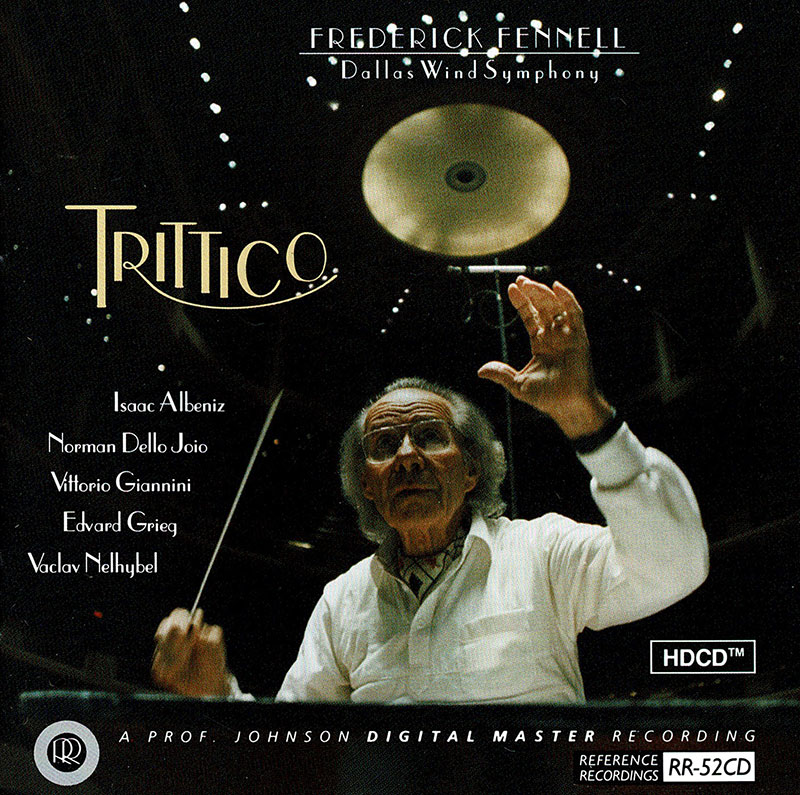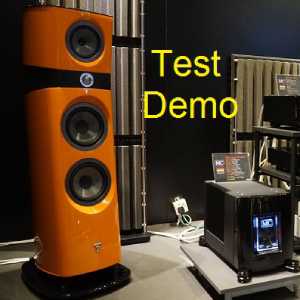
The CD-3sx has two RCA analog inputs available for connecting additional sources. The rear panel of the CD-3sx houses all the interface connections (AC power, digital inputs, analog inputs, and analog outputs), in addition to four configuration selector switches. A hidden on/off toggle switch for power is located on the bottom panel towards the front of the unit centered between the Ayon logo and the left side of the display. A display in the center of the front panel shows information for CD playback, active input, playback data rates, volume level, upsampling, and filter status.

In front of the transport, seven recessed, illuminated buttons (play/pause, stop, next track, previous track, volume-, volume+, input selection) allow you to control basic features. Securing the smoked acrylic/aluminum transport cover on top of the CD transport engages a small pin/switch in the assembly that enables playback. The CD-3sx comes with a magnetic CD-clamp to hold the disc in place. This much versatility allows the unit to take up residence in a broad range of systems. It can serve as a CD player, a multi-input PCM/DSD-capable DAC, and an analog-input preamp. The CD-3sx is a Class A vacuum-tube, top-loading CD player/DAC with added preamp capabilities for analog sources. Ayon Audio’s vacuum-tube-based CD-3sx plays those CDs, and many other modern digital music formats (PCM/DSD) as well. Owners of Red Book compact discs (like owners of LPs) are still eager to play and listen to the music stored on their silver discs.

With this setting selected, your receiver’s volume range should be something like 0 to 100, with 0 being absolute silence and 100 being really freaking loud.Ayon Audio CD-3sx CD Player/DAC/PreamplifierĪyon Audio CD-3sx CD Player/DAC/Preamplifier Class A Tube SatisfactionĬategories: Tubed preamplifiers, Disc players, Digital-to-analog converters | Products: Ayon Audio CS-3sxįrom the time digital music became a mainstream format (in the early 80s), millions of CDs were produced, covering every genre of music.
#ABSOLUTE SOUND REFERENCE RECORDINGS CD MOVIE#
In general, reference level is the loudest you should ever play movie soundtracks. And although it will be able to push volume levels past 0 dB into the positive-number territory, doing so may risk distorting the sound. In most cases, you’ll find yourself lowering your receiver’s volume to the -10 to &mdash’30 dB range, especially for casual listening.
#ABSOLUTE SOUND REFERENCE RECORDINGS CD FULL#
There are multiple reasons for this they range from movie producers wanting ever-louder tracks to having only a few listeners in the room (cinema reference level assumes the venue is empty during calibration but full of people absorbing sound during playback). The reality, of course, is that reference level listening is uncomfortably loud for most home environments. This allows you to hear the balance and character of that mix as close as possible to what the original filmmaker intended. Once that’s been set, any time your receiver’s volume level is adjusted to 0 dB, you will experience soundtracks at a reference-level volume of 85 dB with the same 105-dB peaks When you use those internally generated test tones, which are intentionally offset by –10 dB to be easier on your ears during the calibration process, the goal is to balance the individual speakers in your system for a 75-dB sound-pressure level. That’s on a THX-certified receiver at least, and presumably with other models. When you first set up your AV receiver, the signal level of the pink-noise test tones used to calibrate the output of your speakers should be 75 dB (with C weighting engaged on your SPL meter).

Now hold those two thoughts for a moment.

The second thing you need to know is that, with a relative volume display, volume is scaled so that reference level is achieved at a setting of 0. The first thing you need to know is that movie soundtracks are mixed in a room calibrated to 85 decibels and capable of an extra 20 dB of headroom, resulting in 105-dB sound-pressure level peaks. Here’s the difference between a relative and absolute volume display. What’s the difference, and what do they mean? - Scott Oakley / via e-mailĪ The relative volume display on an AV receiver or preamp confuses lots of people, mainly because it indicates volume as a negative number even as the sound levelīeing put out by your speakers is quite loud-in some cases, painfully so. There are two settings to choose from, Relative and Absolute. Got a tech question for Sound & Vision? Email us at I’m confused by the volume display on my AV receiver.


 0 kommentar(er)
0 kommentar(er)
